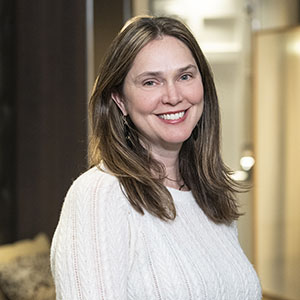I had the pleasure of attending an event in San Francisco called “Power & Light: Grappling with Transparency and Effectiveness,” which was put on by the Center for Effective Philanthropy (CEP) and the Foundation Center. The event featured a panel discussion about the benefits and challenges of enhanced transparency in the world of philanthropy. The conversation spanned a wide range of ideas and experiences, but as I walked out into the night I realized there was one story I was mulling over in particular.
Christy Pichel, President of the Stuart Foundation, recounted an experience from her work. She told the group assembled how, years ago, her organization made a significant investment (more than $10 million dollars, over a number of years) to support improvements in teacher education programs, including at several campuses of the California State University. Stuart commissioned an evaluation of their efforts and unfortunately and painfully learned that more than 75 percent of the money Stuart had spent had not made any difference (specifically, that most of the programs the foundation funded did not demonstrate improvements in teacher preparation). There had been talk on the panel to this point about what foundations’ obligations are: Is there an imperative to share stories of failure so others can avoid, as CEP President Phil Buchanan put it, “throwing good money after bad”?
Christy’s story brings into sharp relief the difficult choices that philanthropic decision makers face. As is often the case with ambitious and challenging strategies, the failure of Stuart’s investment wasn’t black and white. To gain a thorough understanding of what the missteps had been would require significant investment of staff time and additional resources. What I took away was a very strong example that transparency alone, without deeper understanding, is not necessarily useful. Especially if it lacks implications for how others should act. Christy relates that they had a hard choice to make: Should they invest their limited resources in a detailed postmortem suitable for public distribution of what went wrong, or move on to their next funding opportunity? They couldn’t do both. In the end they chose to move on, but you could tell it was a painful decision.
Luckily, many stories chronicled far more rewarding experiences. It was exciting to hear, specifically, of some of the really amazing work the Stuart Foundation has been doing to support enhanced data systems around child welfare outcomes (read CEP’s case study “Striving for Transformative Change at the Stuart Foundation,” which documents this work).
I appreciated Christy’s transparency in sharing one of the real choices that foundation leaders like her are faced with every day, and I imagine others in the room did, too. In a similar vein, this week’s #30DayDonorChallenge is all about making philanthropic connections and learning from them: How have other funders made decisions that you are faced with? What might you share about your strategy with a friend? Do you have an amazing grantee you want to invite someone else to fund?
Panelist Phil Buchanan, Foundation Center transparency effort Glasspockets leader Janet Camarena, and social media strategist Beth Kanter also have published blogs with their reactions to last week’s session. If you’re interested, you can find Phil’s here, Janet's here, and Beth's here.


